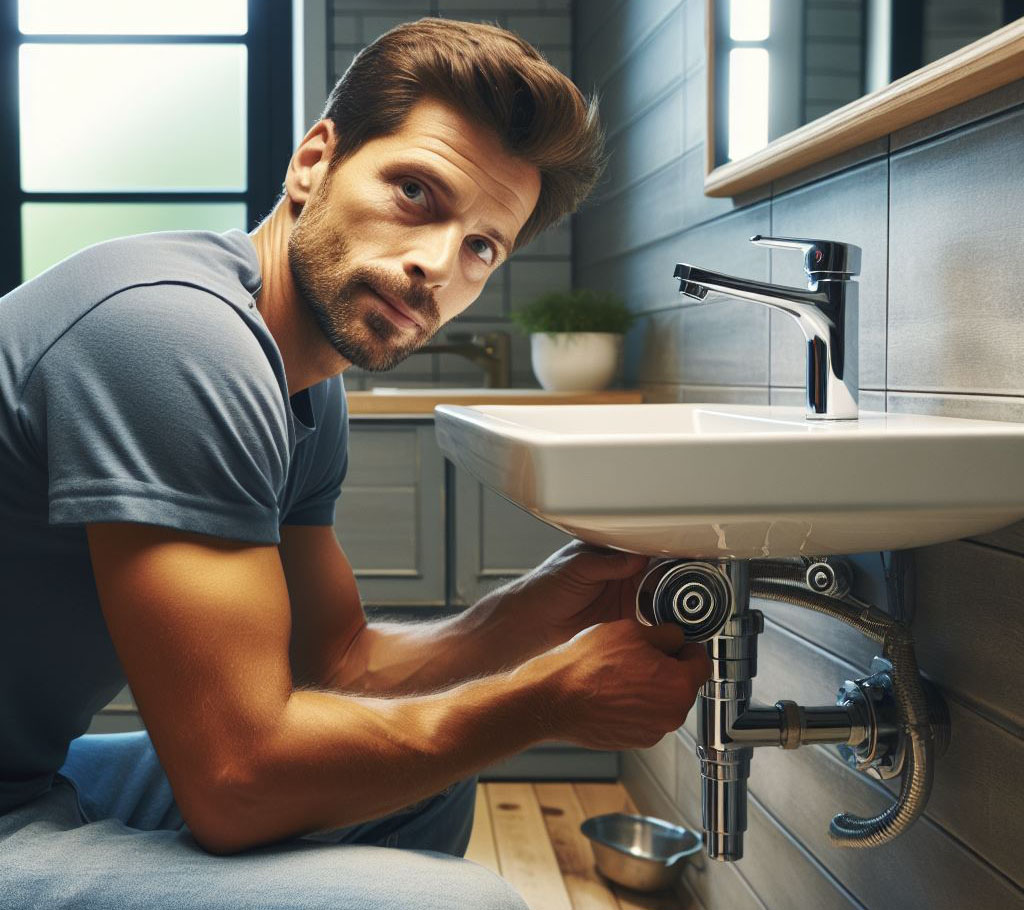Sink stoppers, those seemingly minor components of our daily lives, hold an outsized importance in the smooth operation of our home plumbing systems. The issues they present—whether refusing to hold water or failing to open—can disrupt our routines and, if not addressed, lead to larger plumbing woes. The good news? Armed with a basic understanding and the right tools, any DIY enthusiast or professional can tackle these issues head-on, restoring function and peace of mind. This endeavor not only saves money but also instills a sense of accomplishment and pride in maintaining and repairing one’s own space.

Understanding Bathroom Sink Stoppers
The world of sink stoppers is varied, each with its unique design and operation method:
- Pop-Up Stoppers operate via a lever mechanism, offering a seamless open and close action that integrates elegantly into the faucet’s design.
- Push-and-Pull Stoppers embody simplicity, relying on manual action to seal and release water.
- Lift-and-Turn Stoppers require a combination of actions to engage and disengage, offering a tactile experience.
- Flip-It Stoppers offer straightforward functionality, with a design that allows for quick toggling between open and closed states.
- Trip Lever Stoppers feature a lever on the overflow plate, adding a level of sophistication to bathtub functionality.
Each type, while designed for the same basic purpose, comes with its own set of common issues—ranging from mechanical failure to clogs caused by debris. Understanding these types, and the typical problems associated with them, is the first step in effective troubleshooting and repair.
Tools and Materials Needed
The right tools are indispensable for any repair job, acting as an extension of the repairer’s own hands. For sink stopper repairs, the essentials include:
- An Adjustable Wrench for manipulating fittings and fasteners.
- Pliers, especially needle-nose types, for their precision in handling small parts.
- Replacement Parts because sometimes repair means replacement, and having the correct parts on hand is crucial.
- Rag and Cleaner to ensure that both the workspace and components are clean, a step that’s often as important as the repair itself.
Choosing quality tools is an investment in the success of the repair and the longevity of your toolkit. Moreover, understanding the specific requirements of your repair project—be it the nuanced differences between stopper types or the specific parts likely to fail—can make the difference between a smooth repair and a frustrating experience.

Choosing the Right Tools and Materials
A seasoned repairer knows the value of preparation. Before diving into a repair, a thorough examination of the issue at hand can save time and frustration. This might involve identifying the type of stopper, understanding its mechanism, and even preemptively sourcing replacement parts if a simple repair is unlikely. Knowledge of the problem, coupled with the right tools and materials, sets the stage for a successful repair.
Step-by-Step Repair Guide
Identifying the Type of Stopper
The first step in addressing a stopper issue is to identify its type. Whether it’s a pop-up, push-and-pull, lift-and-turn, flip-it, or trip lever model, each has its unique design and operational mechanics. This knowledge is foundational, guiding the subsequent steps of diagnosis and repair.
Diagnosis
A keen eye for detail is crucial in diagnosing the underlying issue with your stopper. Is it failing to seal properly, or perhaps it’s stuck in position? These symptoms can indicate various issues, from mechanical failures to blockages. Methodical troubleshooting at this stage can save considerable time and effort.
Removing the Stopper
The removal process varies by stopper type but generally involves either twisting, pulling, or unscrewing. Approach this task with care to avoid damaging the stopper or sink. If resistance is met, reassess your approach, as forceful actions can lead to more significant problems.
Cleaning and Inspection
A thorough cleaning of the stopper and drain can often resolve performance issues. This step also provides an opportunity to inspect for any signs of wear or damage. The condition of these components can inform the decision to repair or replace.
Repair or Replace
Determining whether to repair or replace a component is a critical decision point. If cleaning and minor adjustments fail to resolve the issue, replacement parts may be necessary. Ensuring compatibility with your existing setup is essential for a successful outcome.
Reassembly and Testing
With clean or new components ready, carefully reassemble the stopper mechanism. This step requires attention to detail to ensure all parts are correctly aligned and functioning. A comprehensive test, observing the stopper’s performance in sealing and draining, will confirm the success of your efforts.

Tips for Maintenance
Preventive maintenance is key to avoiding future stopper issues. Regular cleaning and inspections can preemptively address potential problems, extending the lifespan of your bathroom sink stopper. Such practices not only preserve the functionality of your sink but also contribute to the overall maintenance of your home’s plumbing system.
FAQ Section
Solutions vary by stopper type but often involve adjustments to the mechanism or replacing worn components to restore proper function.
Yes, though compatibility with your sink’s design and existing plumbing is crucial. Consider the requirements and adjustments needed for a successful conversion.
Regular cleaning, ideally every few months, can prevent build-up and ensure smooth operation. More frequent cleaning may be necessary depending on usage and the presence of materials that could lead to clogs.
A slow drain may indicate a blockage further down the pipe. Utilizing a plunger or a drain snake can help clear deeper clogs, restoring proper drainage.
